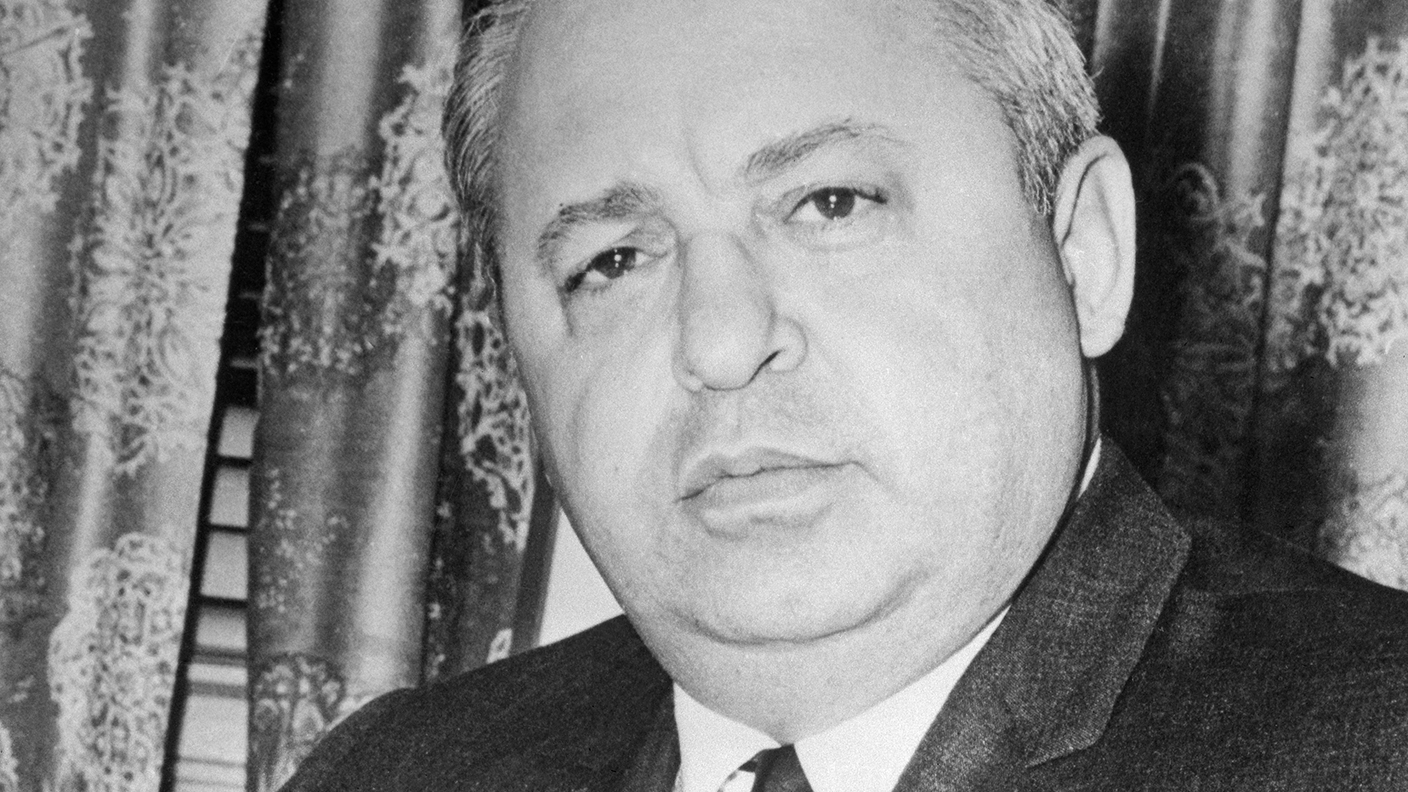Great frauds in history: Ivar Kruger
Swedish match magnate Ivar Kruger built what looked like a profitable business – but it was all a deception. Matthew Partridge explains.


Born in Sweden in 1880, Ivar Kruger graduated from the Royal Institute of Technology, then set up Kruger and Toll in 1908 to take advantage of advances in building technology he had come across in the US. He then turned his attention to his father's match company, floating it, then merging it with other firms. Swedish Match would go on to become the largest match company in the world.
What was the scam?
Kruger initially raised funds through a flotation, but he supplemented this with bank loans and further stock sales in the US, paying investors dividends of up to 15%. To create the illusion of profitability, he would shuffle funds and assets around his business empire, in some cases using money he had borrowed through one company to repay the debts of another. Later on, Kruger turned to forgery, adding £28.7m in forged Italian bonds to the balance sheet in 1930.
What happened next?
The Wall Street Crash and Great Depression led many bankers to start questioning whether Swedish Match would survive, given its large debts and huge loan exposure to heavily indebted European countries. In an attempt to raise enough cash to pay out dividends, he attempted to sell his stake in Swedish phone company Ericsson to IT&T for $11m. However, IT&T's auditors discovered that Ericsson's balance sheet was padded with fake assets and the deal was cancelled. After the Swedish Central Bank refused to lend him more money, Kruger killed himself in March 1932.
MoneyWeek
Subscribe to MoneyWeek today and get your first six magazine issues absolutely FREE

Sign up to Money Morning
Don't miss the latest investment and personal finances news, market analysis, plus money-saving tips with our free twice-daily newsletter
Don't miss the latest investment and personal finances news, market analysis, plus money-saving tips with our free twice-daily newsletter
Lessons for investors
Auditors brought in to investigate Swedish Match's books after it was declared bankrupt in August 1932 estimate that at least $250m (and possibly as much as $400m) in assets that were supposedly on his empire's balance sheet were either missing or didn't exist. Although many of the companies in Kruger's empire still operate today (including Swedish Match), shareholders were wiped out by the bankruptcy and American bondholders only got around 30% of the face value of their bonds. Kruger's story proves that you should be suspicious of firms that are outliers, especially those (like Swedish Match) that claim to be booming even in the depths of a bitter depression.
Get the latest financial news, insights and expert analysis from our award-winning MoneyWeek team, to help you understand what really matters when it comes to your finances.

-
 ‘Why I have ditched my Help to Buy ISA for cash savings and the stock market’
‘Why I have ditched my Help to Buy ISA for cash savings and the stock market’Without the 25% bonus, my Help to Buy ISA is effectively redundant, says MoneyWeek writer Sam Walker.
-
 Is your inheritance tax allowance cut if you sell to downsize or sell your home to pay for care?
Is your inheritance tax allowance cut if you sell to downsize or sell your home to pay for care?Downsizing relief is a little-known benefit that could save your loved ones tens of thousands of pounds in inheritance tax after you’ve died.
-
Christopher Columbus Wilson: the spiv who cashed in on new-fangled radios
Profiles Christopher Columbus Wilson gave radios away to drum up business in his United Wireless Telegraph Company. The company went bankrupt and Wilson was convicted of fraud.
-
 Great frauds in history: Philip Arnold’s big diamond hoax
Great frauds in history: Philip Arnold’s big diamond hoaxProfiles Philip Arnold and his cousin John Slack lured investors into their mining company by claiming to have discovered large deposit of diamonds. There were no diamonds.
-
Great frauds in history: John MacGregor’s dodgy loans
Profiles When the Royal British Bank fell on hard times, founder John MacGregor started falsifying the accounts and paying dividends out of capital. The bank finally collapsed with liabilities of £539,131
-
Great frauds in history: the Independent West Middlesex Fire and Life Assurance Company's early Ponzi scheme
Profiles The Independent West Middlesex Fire and Life Assurance Company (IWM) offered annuities and life insurance policies at rates that proved too good to be true – thousands of policyholders who had handed over large sums were left with nothing.
-
 Great frauds in history: Alan Bond’s debt-fuelled empire
Great frauds in history: Alan Bond’s debt-fuelled empireProfiles Alan Bond built an empire that encompassed brewing, mining, television on unsustainable amounts of debt, which led to his downfall and imprisonment.
-
 Great frauds in history: Martin Grass’s debt binge
Great frauds in history: Martin Grass’s debt bingeProfiles AS CEO of pharmacy chain Rite Aid. Martin Grass borrowed heavily to fund a string of acquisitions, then cooked the books to manage the debt, inflating profits by $1.6bn.
-
 Great frauds in history: Tino De Angelis’ salad-oil scam
Great frauds in history: Tino De Angelis’ salad-oil scamProfiles Anthony “Tino” De Angelis decided to corner the market in soybean oil and borrowed large amounts of money secured against the salad oil in his company’s storage tanks. Salad oil that turned out to be water.
-
 Great frauds in history: Gerard Lee Bevan’s dangerous debts
Great frauds in history: Gerard Lee Bevan’s dangerous debtsProfiles Gerard Lee Bevan bankrupted a stockbroker and an insurer, wiping out shareholders and partners alike.